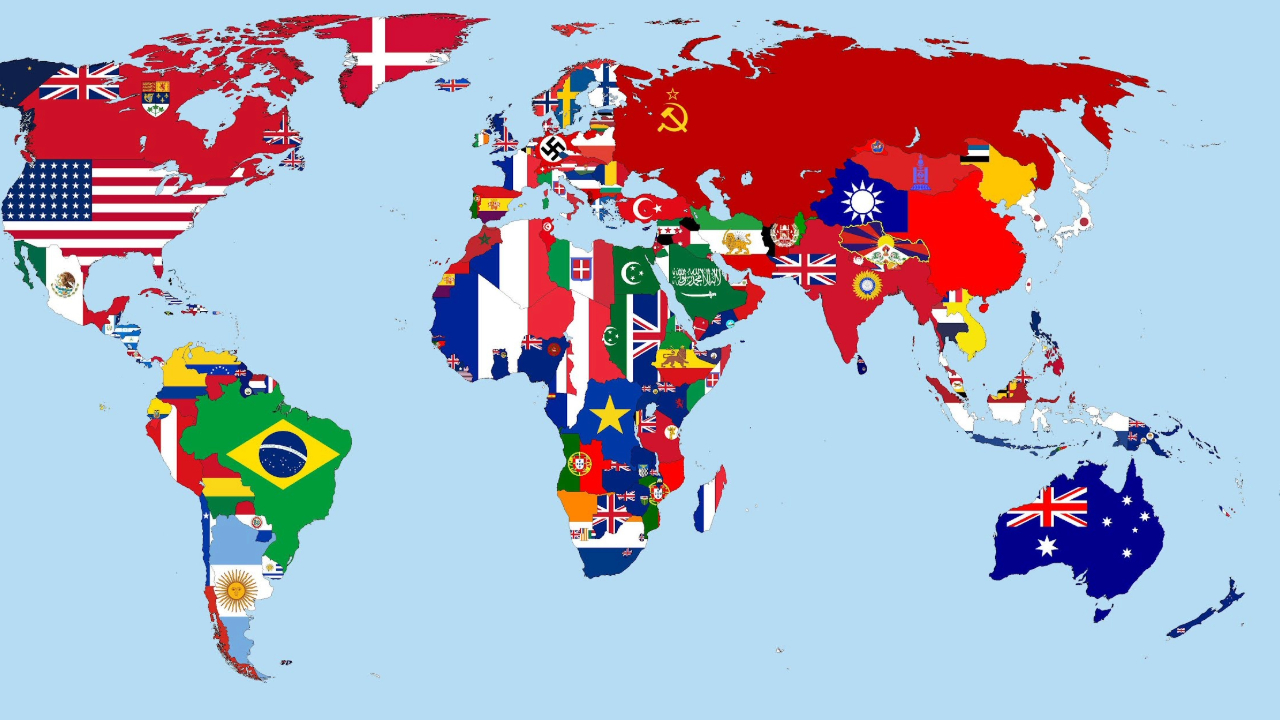World War II is one of the most studied periods in modern history, with its battles, leadership and strategic decisions extensively documented. But behind the front lines and public discourse, a secret war was being waged: a web of spies, conspiracies and intrigues that helped shape the outcome of the conflict. These hidden secrets, often overlooked in conventional history books, reveal a dark and fascinating reality about how intelligence, disinformation and secret alliances played crucial roles in determining the winners and losers.
Spies Who Changed the Destiny of War
Spies were essential on both sides of the conflict, whether to obtain crucial information about the enemy or to sabotage important operations. Secret agents such as the famous Soviet spy Richard Sorge decisively influenced the course of the war. Sorge, who worked as a journalist in Tokyo, managed to inform the Soviet Union about Germany's plans to invade the Soviet Union in Operation Barbarossa, and also ensured that Japan would not attack the Soviets in the East, allowing Stalin to concentrate his forces on the Western Front.
Another notable example is that of Nancy Wake, a French Resistance agent who played a vital role in organizing sabotage networks and helping downed Allied pilots escape Nazi capture. Her courage and ability to outwit the Gestapo made her one of the Nazis' most wanted women, with a considerable reward for her capture.
Operation Enigma and the Code War
Cryptography was a crucial weapon in the game of espionage during World War II. One of the biggest secrets revealed during the conflict was the breaking of the Enigma code, which the Germans used to communicate their military plans. The joint effort of British and Polish mathematicians, engineers and cryptographers led to the creation of machines that could decipher these communications, giving the Allies a significant strategic advantage.
Alan Turing, the British mathematician, was one of the key figures in the cracking of Enigma. His work at Bletchley Park, the British intelligence center, not only helped save thousands of lives, but also significantly shortened the duration of the war. Although Turing's work remained secret for many years after the conflict, its impact on the Allied victory cannot be underestimated.
Conspiracies and Betrayals
Among the darkest secrets of World War II are the conspiracies within Hitler's own inner circle. The most famous of these attempts was Operation Valkyrie, a plot organized by Wehrmacht officers to assassinate Hitler and seize control of the government. The plot, led by Colonel Claus von Stauffenberg, aimed to end the war and negotiate a peace with the Western Allies, isolating the Soviet Union. Although the attempt failed, resulting in the execution of many of those involved, including Stauffenberg, the plot revealed the growing internal divisions within Nazi Germany.
Another case of conspiracy was that of Allied espionage within Nazi circles. Wilhelm Canaris, head of the Abwehr (German military intelligence), is a controversial example. Although he was in charge of Nazi intelligence, there is evidence that he secretly worked to sabotage Hitler's regime and aid the Allies. Canaris's motivations are still debated, but it is certain that he was deeply involved in activities against the Nazi regime, which led to his arrest and subsequent execution on Hitler's orders.
Operation Fortitude and the Art of Disinformation
In the run-up to D-Day, the Allies carried out one of the largest disinformation campaigns in military history: Operation Fortitude. This operation was designed to deceive the Germans about the actual location of the invasion, making them believe that the main attack would take place at Pas-de-Calais rather than Normandy. To this end, a series of fake military divisions, barracks, and even fake radio communications were created that the Germans believed to be genuine.
In addition to false military movements, Allied spies also played a vital role in the operation, including the notorious double agent Juan Pujol García, better known as Garbo. García managed to deceive German intelligence, convincing them that he was a loyal Axis agent, while in reality passing vital information to the Allies. His actions helped cement the success of the Normandy invasion by confusing the German high command.
The Intrigues of the Resistance
The resistance in Nazi-occupied countries was another arena for conspiracies and covert operations. Groups such as the French Resistance played a vital role in providing intelligence to the Allies, sabotaging crucial infrastructure and helping Allied soldiers escape. These groups worked in dangerous conditions, always at risk of being discovered by the Gestapo.
Many of these resistance networks were supported by Allied espionage programs, such as the British Special Operations Executive (SOE), whose goal was to “set Europe ablaze.” The SOE trained agents to infiltrate occupied territories and organize sabotage operations and support for local resistance forces. These operations, although often not widely acknowledged, were instrumental in the eventual defeat of the Nazis.
Spies and Treachery in the East
Although most of the espionage of World War II is associated with the European theater, the conflict in the Pacific was also a scene of intrigue. In Japan, American and British spies worked in an environment of extreme danger. Breaking Japanese codes, such as the naval code JN-25, allowed the Americans to anticipate attacks such as the Battle of Midway, a crucial turning point in the Pacific conflict.
Likewise, Soviet espionage played a key role. Richard Sorge, mentioned earlier, not only helped the USSR on the European front, but also passed on crucial information about Japanese plans in the Pacific, allowing Stalin to redeploy his forces more safely.
World War II was a conflict not just of armies, but of intelligence. The secret plots of spies, conspiracies, and intrigues reveal a lesser-known but equally important dimension of the war. By exploring these hidden secrets, we gain a better understanding of how espionage and clandestine operations shaped the fate of nations, influenced strategic decisions, and ultimately contributed to the outcome of the greatest conflict in modern history.







